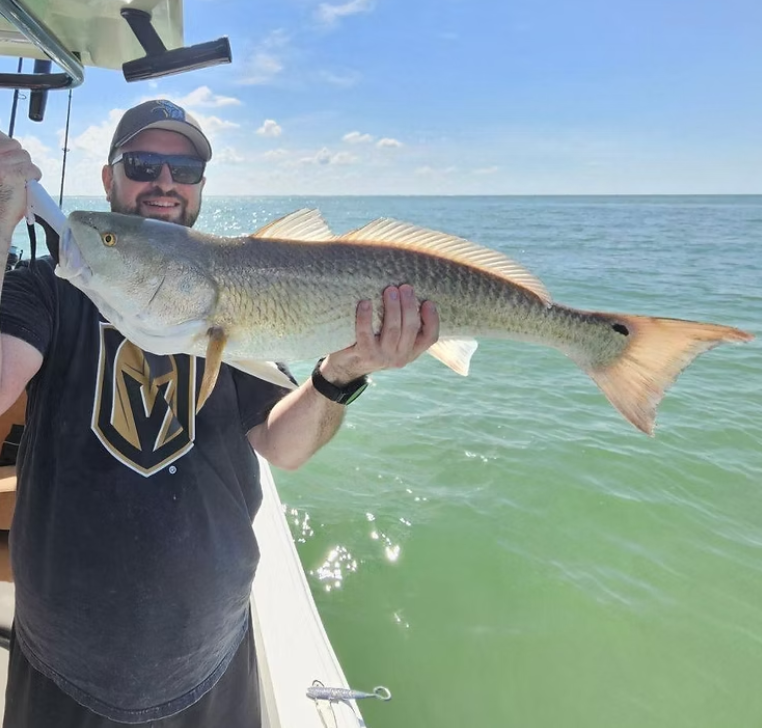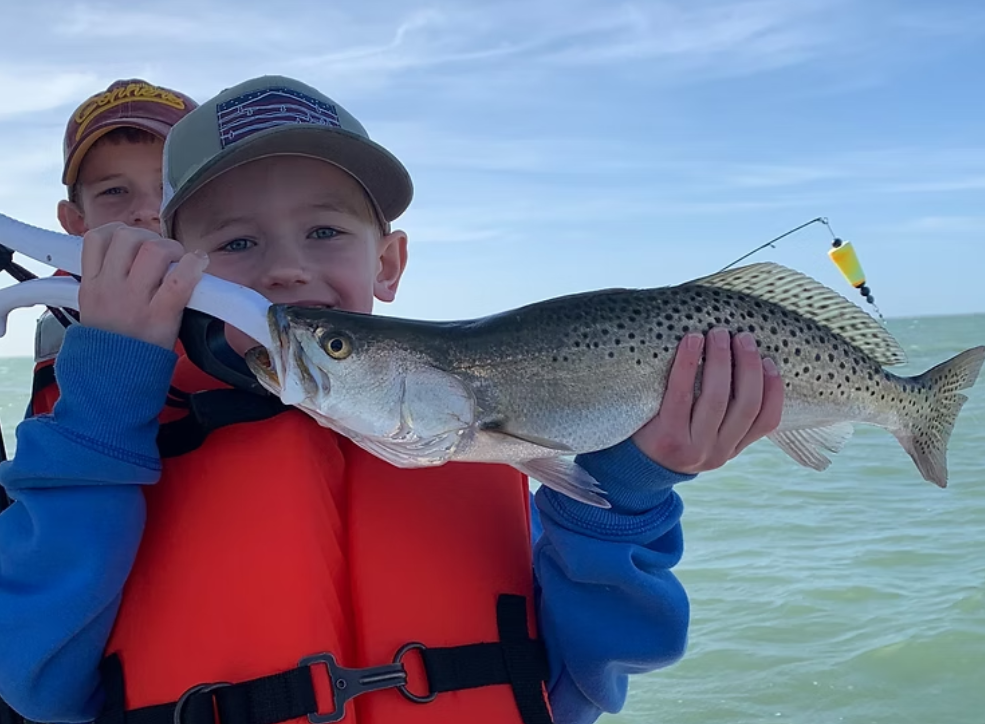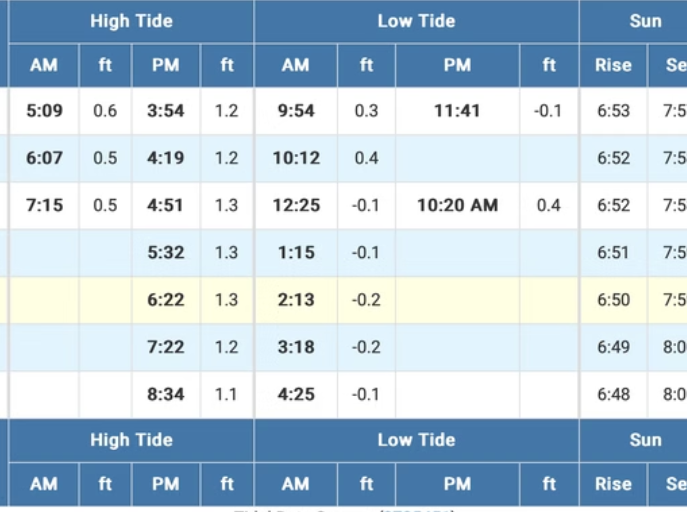Cleaning Sheephead
Filleting a sheephead is a process that requires precision to get the most meat while avoiding bones and the fish's tough skin. Here's a step-by-step guide to filleting a sheephead:
Tools You'll Need:
Sharp fillet knife (preferably 6 to 8 inches long)
Cutting board (preferably non-slip)
Fish scaler (optional)
Pliers (optional for removing bones or tricky bits)
Steps for Filleting a Sheephead:
1. Prepare the Fish
If the sheephead is not already scaled, you’ll want to scale it first. You can use a fish scaler or the back of a knife to scrape the scales off. This step can be skipped if you don’t plan to keep the skin on.
Make sure the fish is gutted and cleaned.
2. Position the Fish
Lay the fish flat on the cutting board with the head facing to your left (or right if you're left-handed). You want the fish to be stable so it doesn’t slip while you work.
3. Make the Initial Cut
Place the tip of your fillet knife just behind the gills (on the fish’s left side, near the pectoral fin).
Slice down vertically toward the backbone, cutting through the flesh but stopping when you reach the backbone.
Turn the knife so it runs parallel to the spine and continue cutting along the bones, following the ribs. Use a gentle sawing motion to ensure you don’t tear the flesh.
4. Follow the Ribs
Once the knife is parallel to the spine, continue cutting along the ribs toward the tail, being careful not to cut into the rib bones as much as possible. Work the knife along the bones to release the fillet.
If the knife hits any bones, adjust your angle slightly to work around them.
5. Remove the Fillet
Once you've separated the fillet from the ribcage, carefully peel it away. You can use the knife to separate any areas where the fillet is still attached to the backbone or ribs.
If you’re filleting both sides, repeat the process for the other side of the fish.
6. Remove the Skin (Optional)
If you want skinless fillets, place the fillet skin-side down on the cutting board.
Start at the tail end of the fillet. Insert the knife between the flesh and the skin, keeping the blade as close to the skin as possible.
Use a gentle sawing motion to slide the knife down the length of the fillet, separating the skin from the flesh.
7. Remove Any Bones
Sheephead have a series of pin bones in the fillets. Run your fingers along the fillet to locate any bones and use pliers or tweezers to remove them. These bones are typically small and easy to remove.
8. Trim the Fillets
Once you've removed the skin and bones, trim away any excess fat or dark meat near the belly and along the edges, leaving a clean, boneless fillet.
9. Rinse and Store
Rinse the fillet under cold water to remove any residual scales or blood.
Store the fillets on ice if you’re not cooking them right away, or vacuum seal them for longer storage.
Additional Tips:
Sharp Knife: A sharp knife makes the filleting process smoother and safer, reducing the risk of slipping.
Work Slowly: Sheephead has Firm flesh and can be a bit tough to fillet than other fish. Take your time to avoid waste and get as much usable meat as possible.
Head and Bones: Keep the head and any leftover bones if you want to make stock or soup. They’re flavorful!
With a bit of practice, you can efficiently fillet a sheephead and enjoy its firm, sweet-tasting meat!



